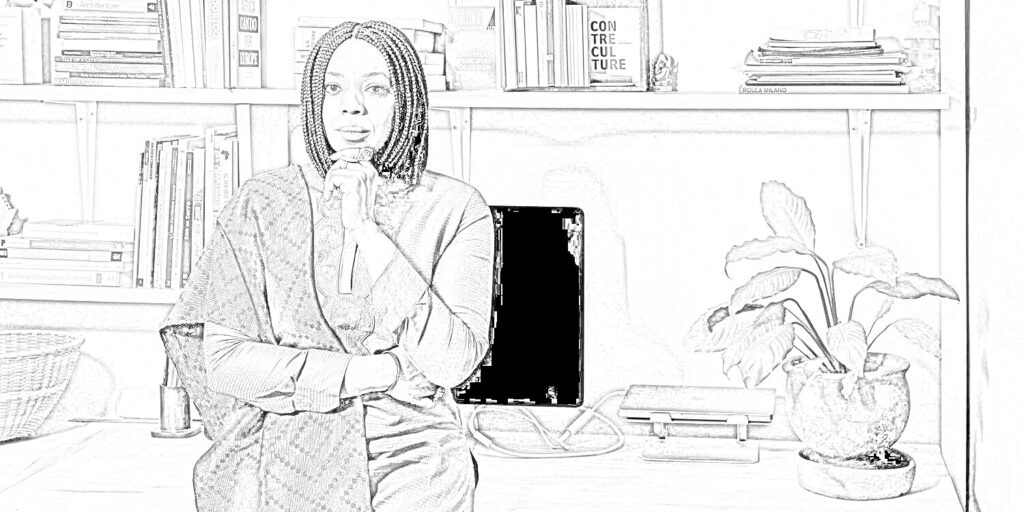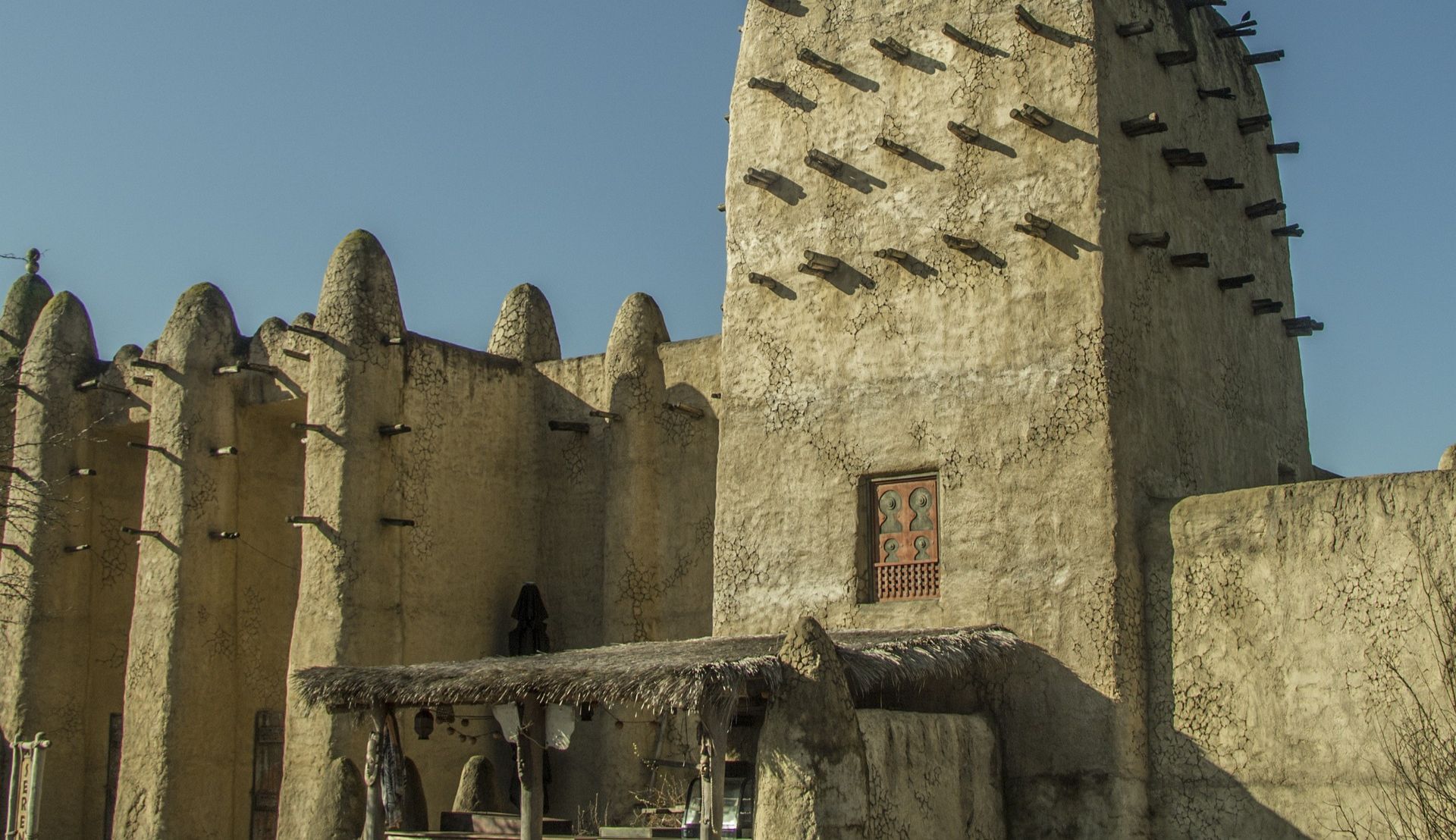Meet Mariam Issoufou; Trailblazer Architect from Niger
Mariam Issoufou, a Nigerien architect passionate about sustainable and contextually grounded design, has distinguished herself in the architectural field. Her firm, Mariam Issoufou Architects, provides a compelling model for architects globally, especially those working in emerging markets. This post examines the core principles of her practice, demonstrating how a commitment to local resources, community engagement, and adaptable design can achieve both local impact and international recognition. Projects such as the Dandaji Library and Mosque and the Niamey 2000 Housing Project illustrate how Issoufou navigates financial and logistical constraints while maintaining her firm’s design ethos.

Resourceful Material Strategies
Issoufou’s practice is grounded in the resourceful use of indigenous materials. This approach minimizes dependence on costly imports, curtails transportation emissions, and directly benefits the local economy. Leveraging readily available and economical resources, such as earth bricks, she crafts buildings that naturally regulate temperature, mitigating the need for energy-intensive cooling; a critical consideration in arid climates. This inherent sustainability is both ecologically sound and economically judicious.
The Dandaji Library and Mosque exemplifies this philosophy. The use of earth bricks not only anchors the building to its setting but also optimizes its thermal performance, creating a welcoming and comfortable community space.
Community-Centric Construction
Engaging local artisans and craftspeople throughout the design and construction processes; this collaborative approach fosters skills development, empowers communities, and ensures that projects resonate with the existing cultural fabric. By integrating traditional building techniques with contemporary design principles, the firm bridges historical practices with modern needs, creating architecture that is both innovative and deeply rooted in its context. This community-centered approach cultivates trust, promotes local ownership, and contributes to the long-term success of built projects.
Adaptable and Modular Design
Recognizing the dynamic nature of communities and the potential for fluctuating resources, Issoufou emphasizes adaptable and modular design strategies. This flexibility is critical in regions where funding may be limited and societal needs are constantly evolving. Modular systems facilitate phased construction, allowing projects to be realized incrementally as resources become available. This approach maximizes long-term viability and ensures that buildings remain functional and relevant across time.
The Niamey 2000 Housing Project exemplifies this principle. Designed with modular layouts and local materials, it provides affordable, climate-responsive housing while promoting economic resilience.
Key Principles for Sustainable Practice
While Issoufou’s business model offers valuable lessons for a global architectural audience. In a climate-conscious era, her approach provides a practical framework for developing responsible and impactful architecture. These key principles include:
- Rethinking Material Procurement: Investigating locally accessible materials can significantly reduce construction expenses, minimize environmental impact, and bolster local economies.
- Embracing Collaborative Processes: Actively engaging local communities in the design and construction phases leads to more culturally appropriate and environmentally sustainable outcomes.
- Prioritizing Adaptability and Flexibility: Designing buildings that can adapt to evolving needs and available resources ensures long-term viability and optimizes resource utilization.
A Template for Your Own Sustainable Practice
For architects inspired by Mariam Issoufou’s model and seeking to build a sustainable practice, a clear guiding framework is essential. This serves as both a foundation for decision-making and a reflection of your firm’s unique identity.
Purpose & Mission
To create architecture that is environmentally responsible, socially empowering, and deeply rooted in local culture.
Vision
To lead the way in sustainable, community-driven design that improves lives and respects the planet.
Design Philosophy
Refer to Mariam Issoufou Architects Design Philosophy page for inspiration; “Our approach to architecture is through a research-led lens that aims to discover innovative ways of maintaining an intimate dialogue between architecture, people, and context. Our work cuts across three main pillars:”
Core Values
- Sustainability – Designing with the environment in mind, from materials to long-term impact.
- Community – Engaging and uplifting local voices in every project.
- Innovation – Pushing boundaries with new ideas, materials, and techniques.
- Integrity – Upholding ethical, transparent, and responsible practices.
- Collaboration – Building strong partnerships with clients, communities, and industry peers.
Key Takeaways for Architects
- Use local materials – Leverage what’s available to reduce environmental impact.
- Engage communities – Involve local artisans and residents in meaningful ways.
- Design for adaptability – Create flexible, future-ready spaces.
- Prioritize sustainability – Make eco-conscious choices at every stage.
- Live your values – Let your guiding principles shape your practice.
I hope this was inspiring!
